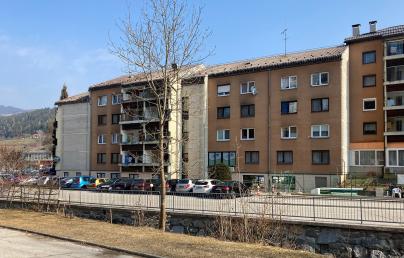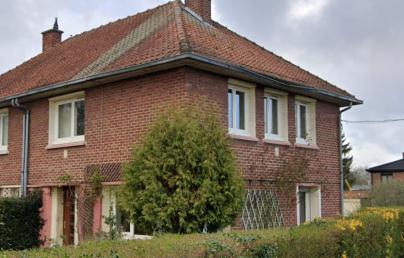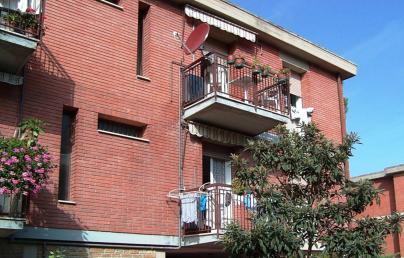
Low-energy family house in Zagorje

Low-energy family house in Zagorje
How can you make your house a low carbon building? This best practice shows how the project REPLACE and REGEA have collaborated to raise citizens´ awareness of energy renovation, renewable energy, and efficient heat pumps. The result is a low carbon building and informed occupants.
Through the project REPLACE, REGEA has conducted important renovation campaigns in Croatia to motivate and support people to replace their old heating systems with more environmentally friendly alternatives.
In the City of Zagreb and in the border counties of Zagreb, Krapina-Zagorje County and Karlovac, REGEA provided information, counseling and education on the use of renewable energy sources to children, youth, citizens, entrepreneurs, city and county employees administration.
They helped 100 end consumers to receive subsidies for a climate-friendly heating system replacement and thus to buy heating systems, solar thermal systems and heat pumps. They organised a press conference, an information workshop and set up an information corner in Velika Gorica.
The low-energy house of Brundula family in Hrvatsko Zagorje (Northern Croatia) was built in 2012 and uses renewable energy source systems – heat pumps and solar collectors for space heating and hot water preparation. The heat pump is installed on the lawn of the house and the installation was co-financed by the Krapina-Zagorje County, which covered slightly more than 50% of the investment.
During the installation of the heat pump, there were no significant difficulties, but since such an installation represented a novelty in 2012, the whole process took longer than usual. The owner of the house points out that the investment in a low-energy house met all expectations, due to the increased comfort, and also due to the use of solar and ground energy, which is aligned with the family lifestyle.
Also, electricity bills for space heating and cooling and hot water preparation are low and for a house of 155 m2 , they average HRK 250 (ca. EUR 33) per month. As early as next year, homeowner plans to further upgrade the house and install a photovoltaic system, which will further increase the number of renewable energy systems in this low-energy house.
Find more information about the project and other best practices here.
Find more information about this best practice here.

